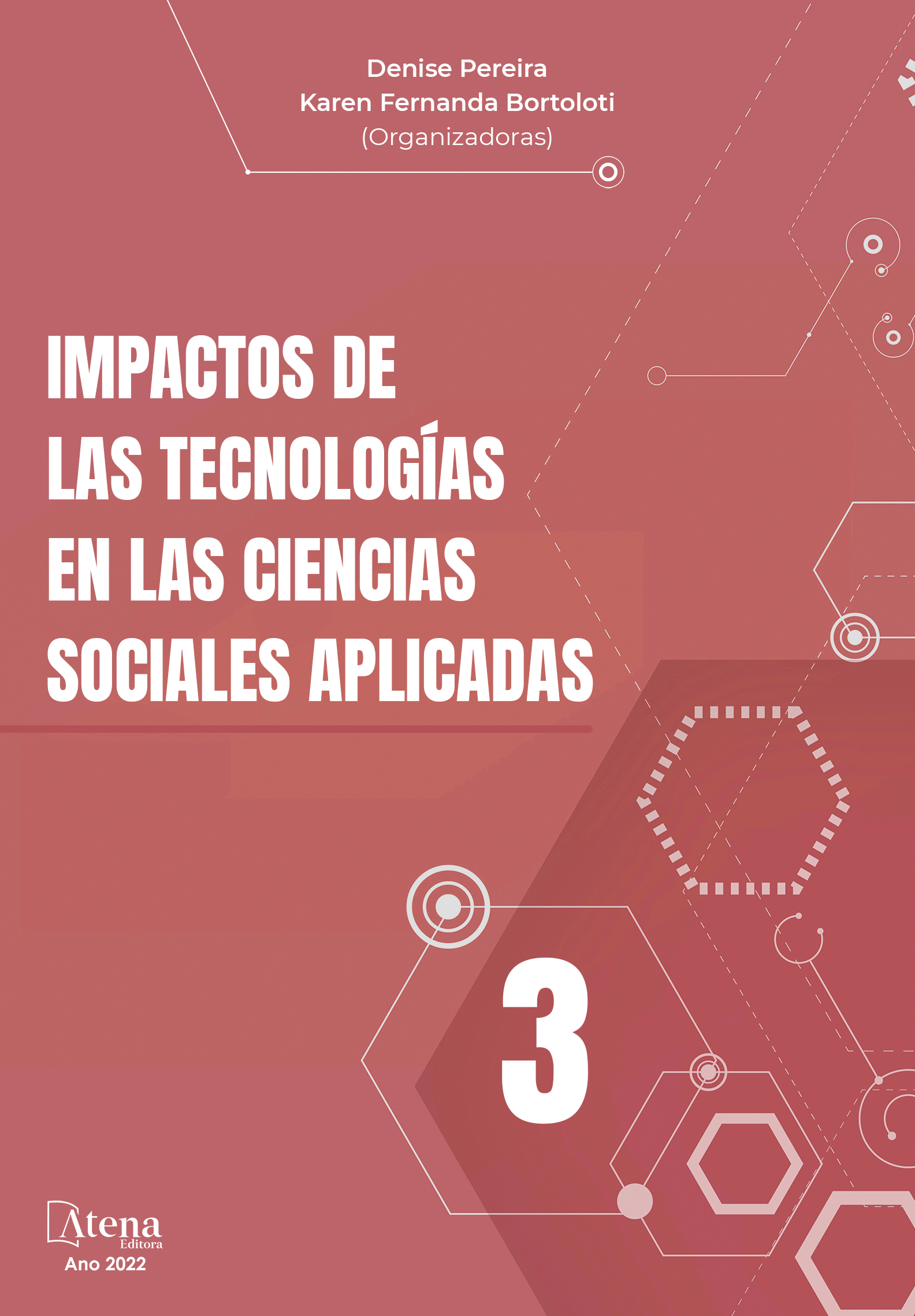
Collaborational Metastructuralism: Advances in Organizational Theory and Administration
Pretender enunciar y desarrollar un estado del arte congruente, muy completo, explicativo y sensato requiere de una serie de preguntas importantes, que necesariamente deben responderse y vincularse, confluyendo en un objeto de estudio profundo, en un tema, materia o asunto. Presentar adecuadamente la conceptualización del conocimiento y su impacto en una o varias áreas específicas de la filosofía y su relación con la llamada ciencia o el arte asociado al tema de interés utilizando en gran medida la epistemología. La primera de las preguntas, considerando el término ampliamente utilizado, Administración, ¿es arte, práctica, método, técnica, procedimiento, uso y costumbre o ciencia? Además, que necesariamente se enfrenta a la solución de problemas, incluyendo mejoras o cambios. La búsqueda de la lealtad, la permanencia y la promesa de trabajo, con cualidades de polifuncionalidad y versatilidad, sumando, la polivalencia de los colaboradores en las estructuras organizacionales. Validando a través de analogías asociadas al punto de equilibrio y la caracterización recalcitrante de la estrategia competitiva, la ventaja competitiva de los colaboradores, empresas y naciones, recayendo en los colaboradores, el efecto principal, formar equipos desde la gestión, capacitación, integración, apropiación de la cultura organizacional, profunda desarrollo y desempeño, orientando el empoderamiento adecuado a los equipos autodirigidos. Establecer analogías del costo fijo para el conocimiento y control del mismo, en el tiempo, sumando el equivalente a los costos variables como la estrategia competitiva derivada de la prevalencia del colaborador, inclusión final, ventas y respectiva analogía, la ventaja competitiva, visualizando gráficamente, analogías, el punto de equilibrio significa la eficacia, por encima de él, las direcciones hacia la eficiencia y más allá de la eficacia, no sólo de los colaboradores, sino también de la estructura organizacional.
Collaborational Metastructuralism: Advances in Organizational Theory and Administration
-
DOI: 10.22533/at.ed.5692228073
-
Palavras-chave: Estructura Organizacional, Colaboradores, Versatilidad, Polifuncionalidad, Multicapacidad Laboral, Promesa Laboral.
-
Keywords: Organizational Structure, Collaborators, Versatility, Polyfunctionality, Labor Multi-ability, Job Promise.
-
Abstract:
Pretending to hold forth and develop a congruent, very complete, explanatory and sensible state of the art needs a series of important questions, which must necessarily answered and linked, converging on a deep object of study, on a topic, subject or matter. Adequately presenting the conceptualization of knowledge and its impact on one or several specific areas of philosophy and its relationship with the so-called science or art associated with the topic of interest largely using epistemology. The first of the questions, considering the widely used term, Administration, is it art, practice, method, technique, procedure, use and custom or science? Moreover, that necessarily faces the solution of problems, including improvements or changes. The search for loyalty, permanence and, promise of job, with qualities of polyfunctionality and versatility, adding, multi-job skills of collaborators in organizational structures. Validating through analogies associated with the equilibrium point and the recalcitrant characterization of the competitive strategy, the competitive advantage of collaborators, companies and nations, falling on collaborators, the main effect, forming teams from management, training, integration, appropriation of organizational culture, deep development and performance, directing the appropriate empowerment to self-directed teams. Establish analogies of the fixed cost to the knowledge and control of it, in time, adding the equivalent to the variable costs such as the competitive strategy derived from the prevalence of the collaborator, final inclusion, sales and respective analogy, the competitive advantage, visualizing graphically, analogies, the equilibrium point means the effectiveness, above it, directions towards efficiency and beyond the effectiveness, not only of the collaborators, but also of the organizational structure.
-
Número de páginas: 10
- Mara Alejandra Lerma García
- Pedro Luís Lerma García
- LEONEL SALVADOR LERMA ROJAS


